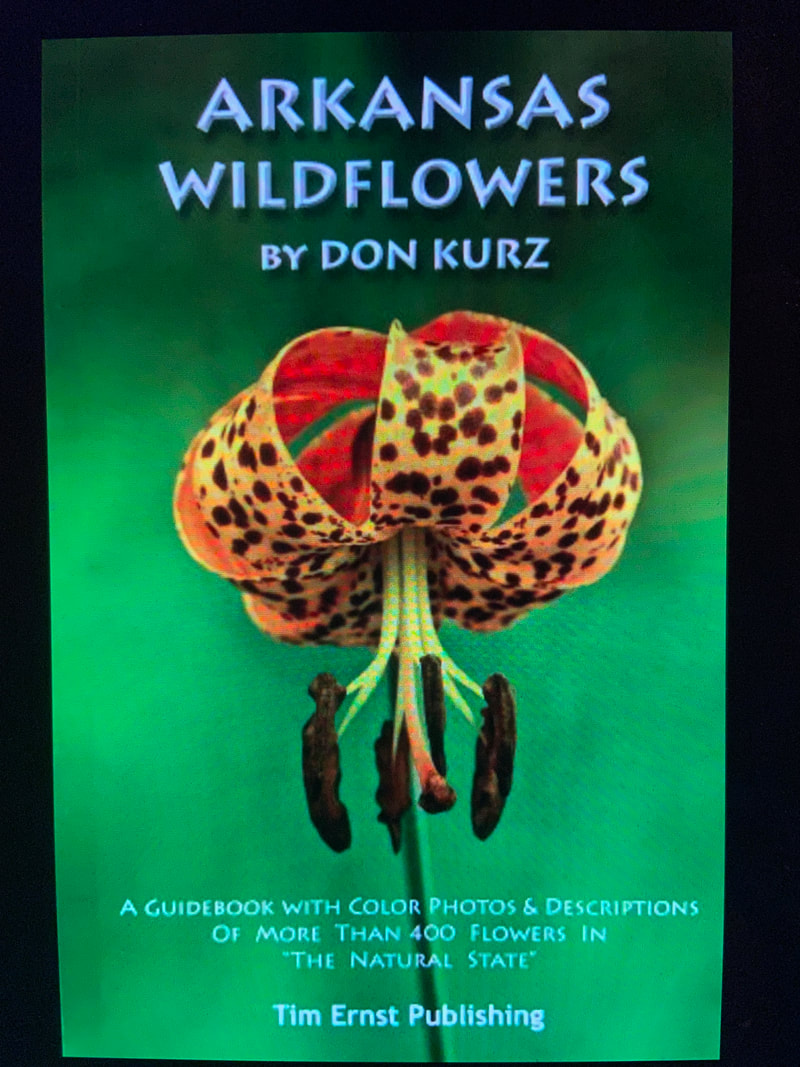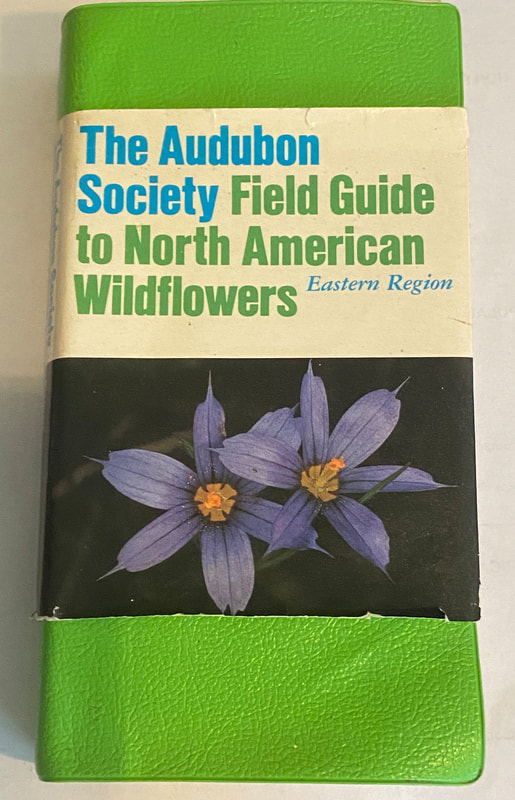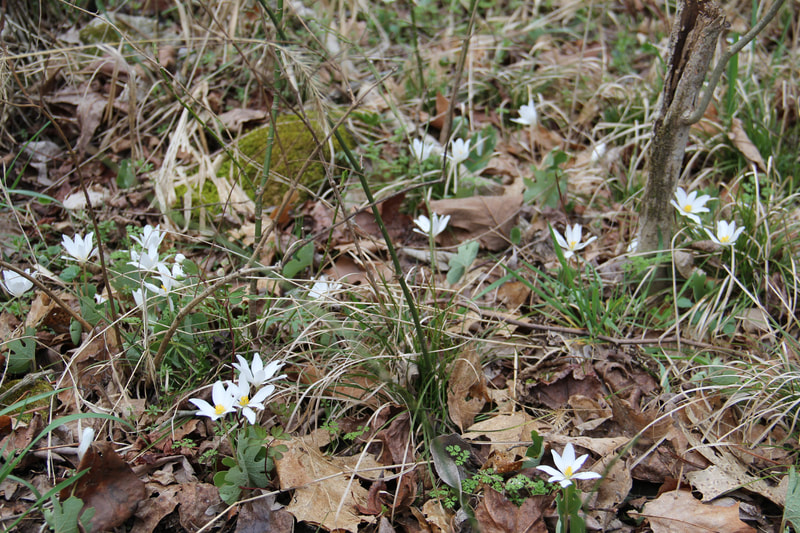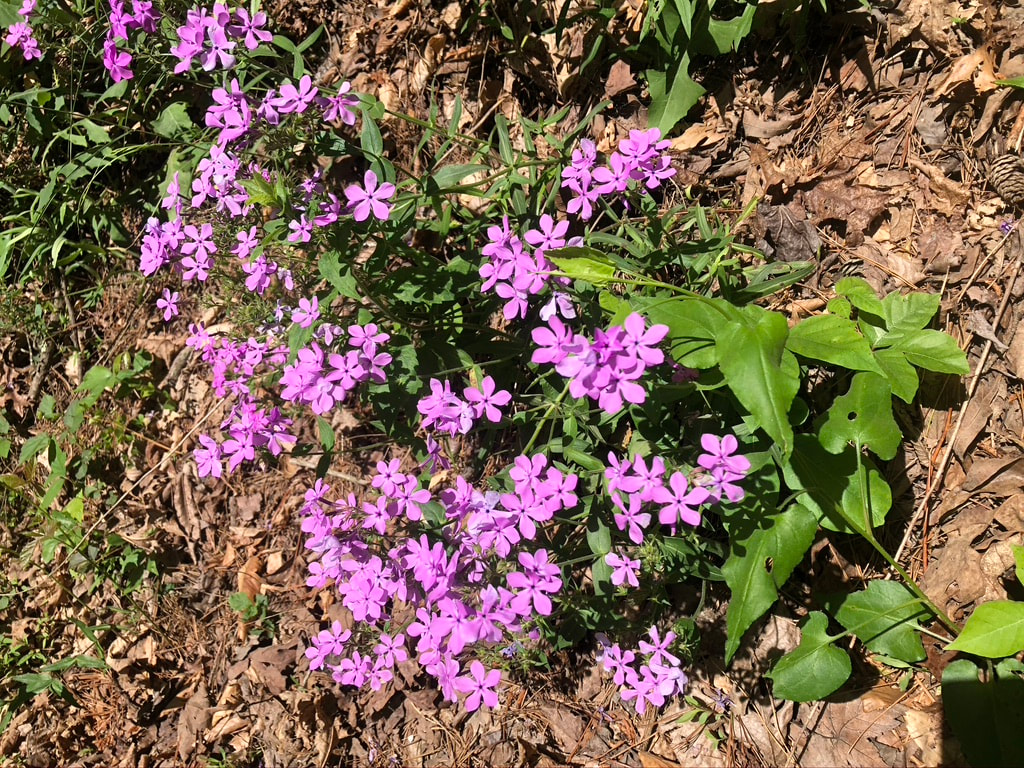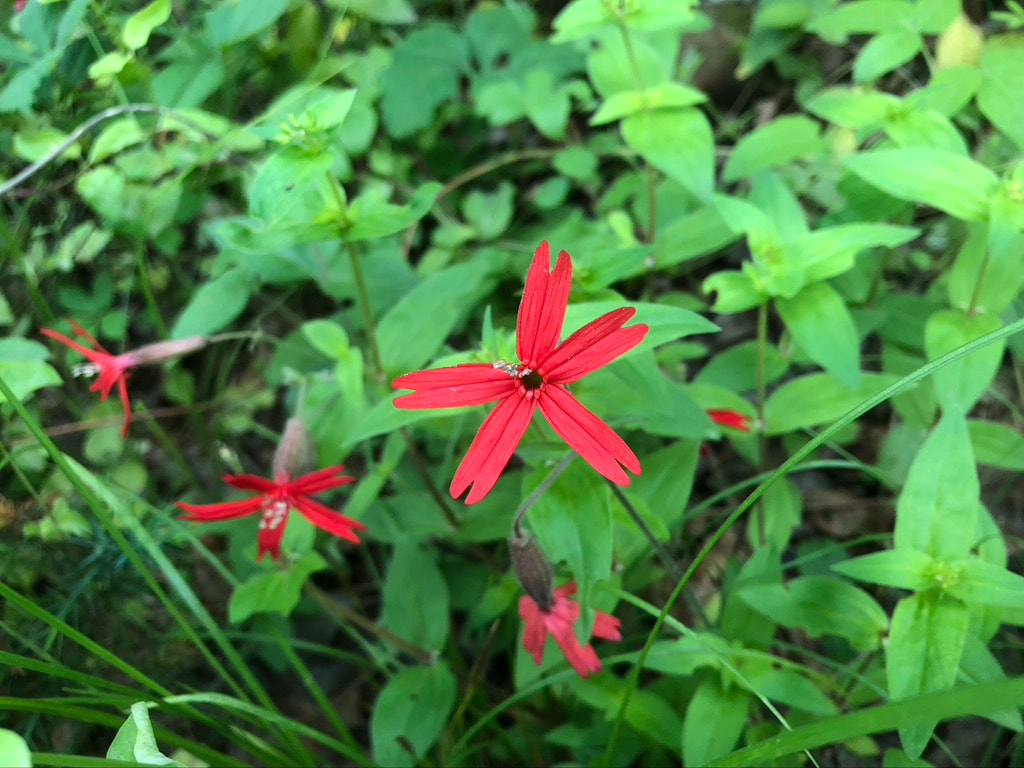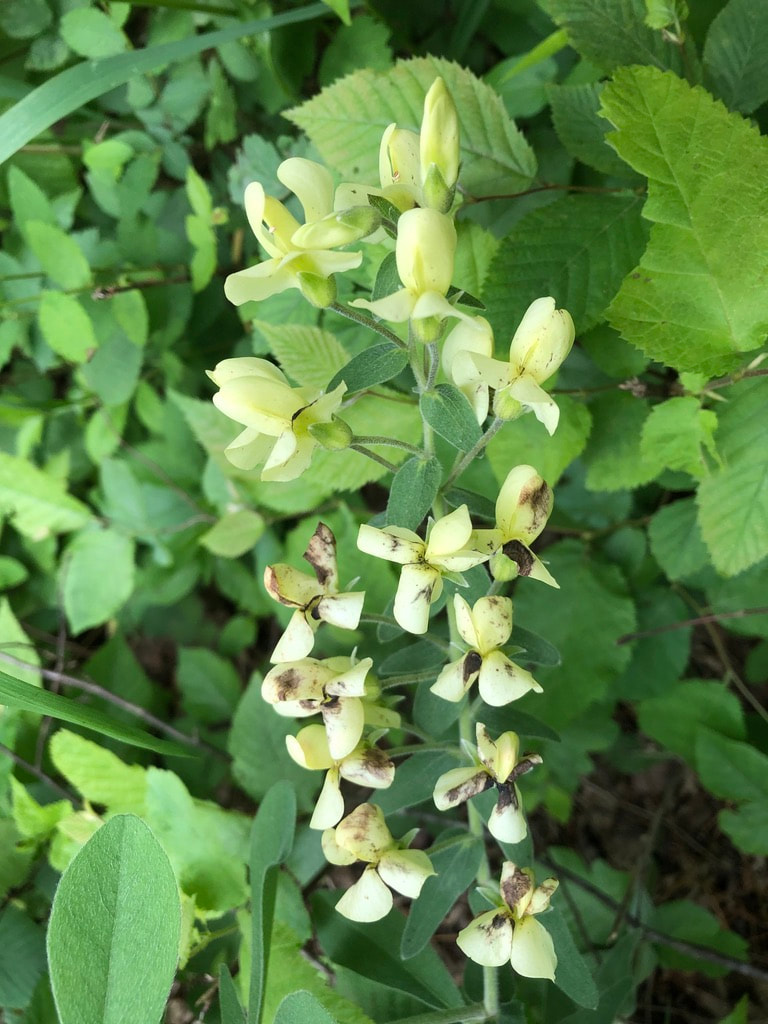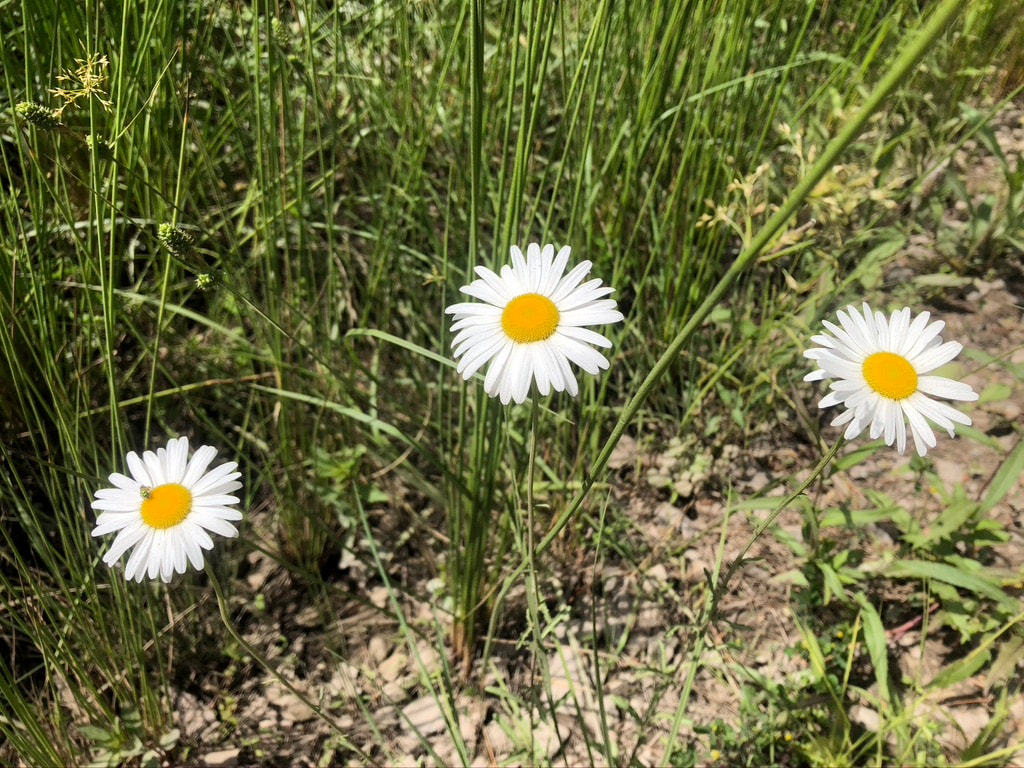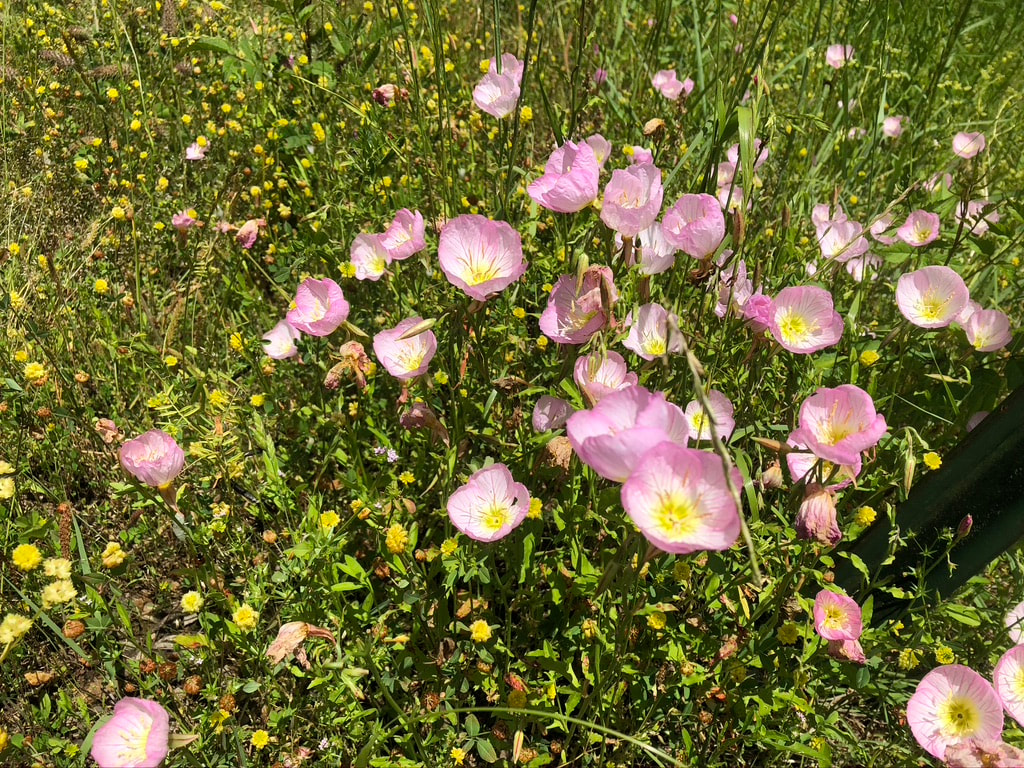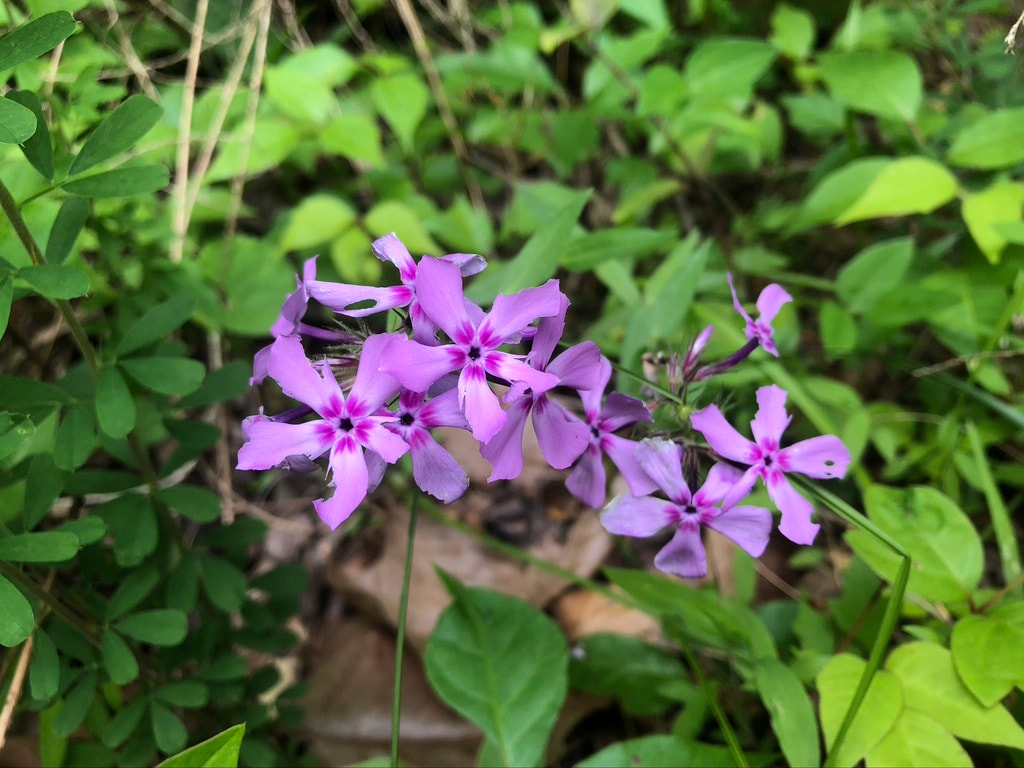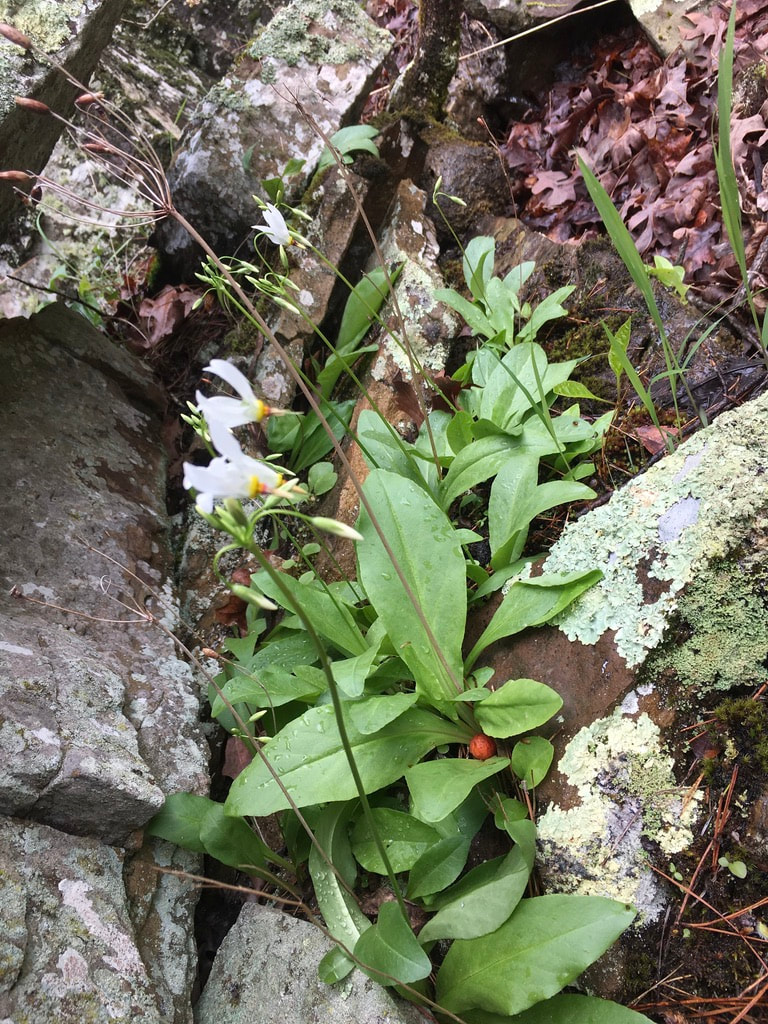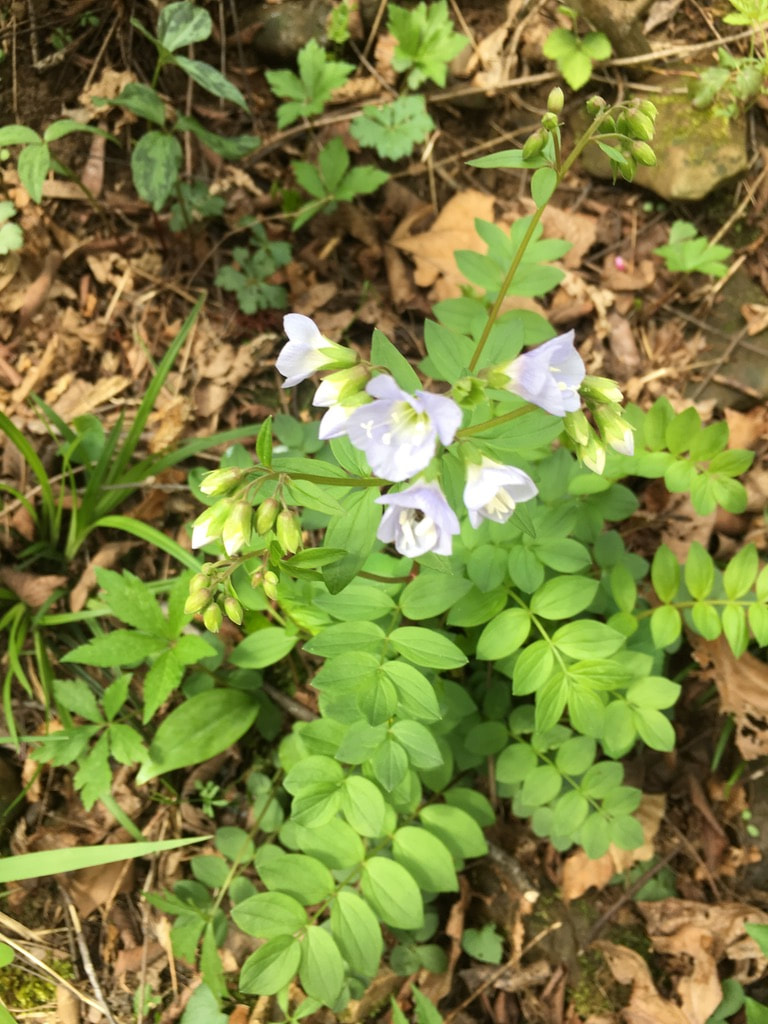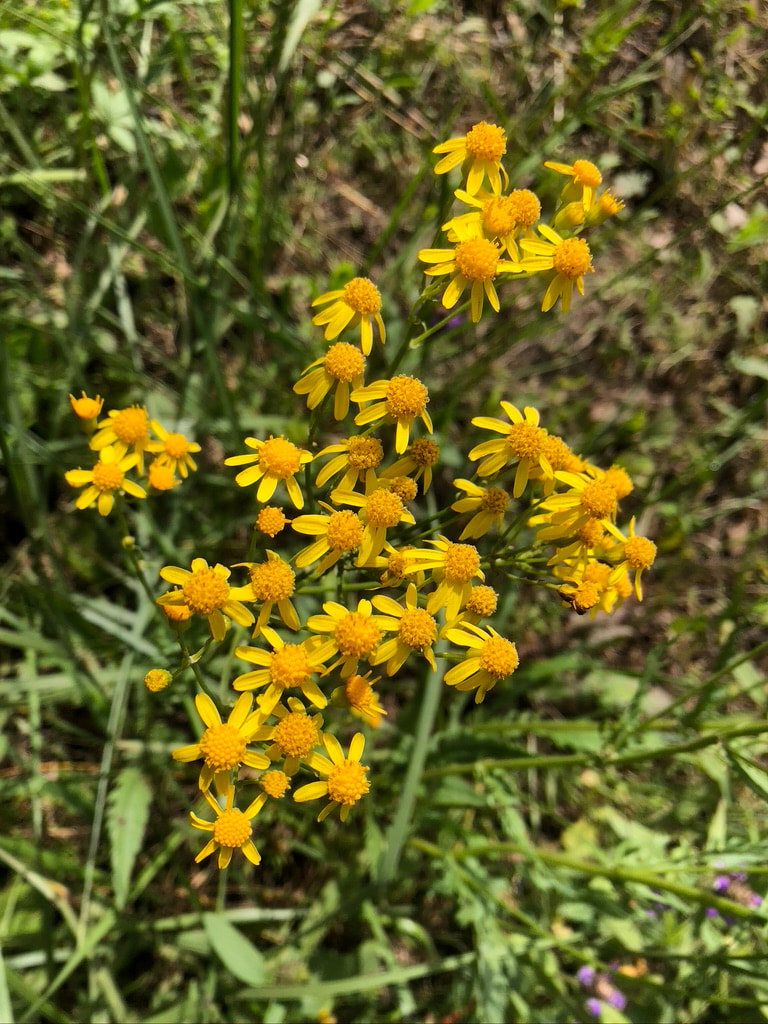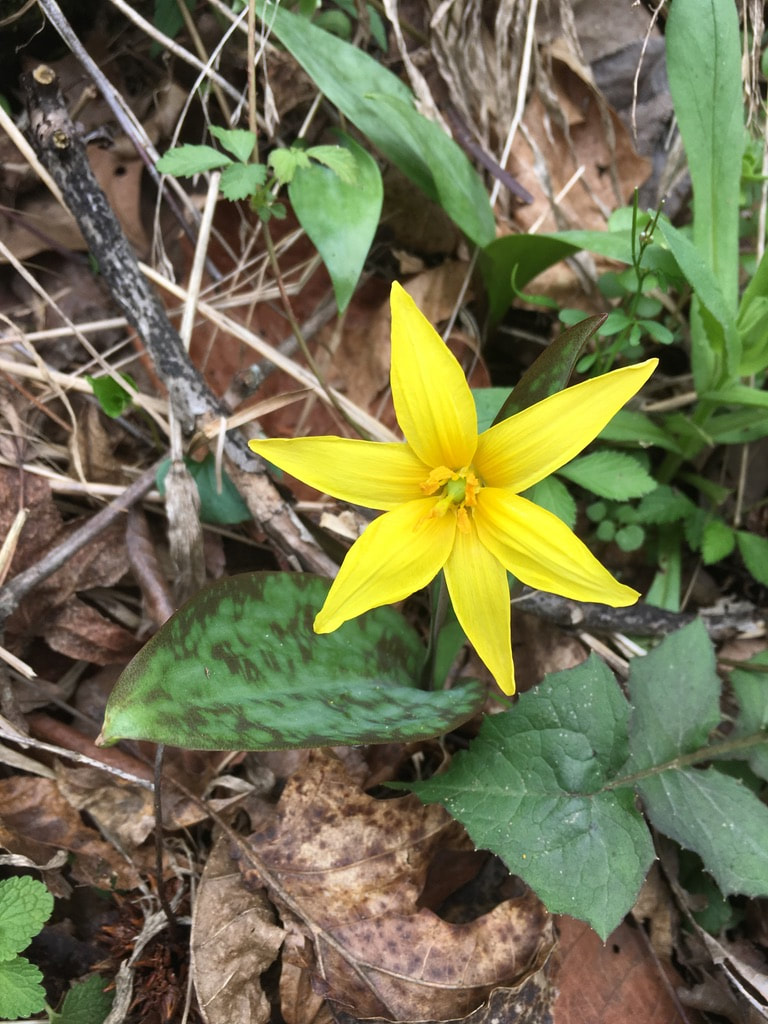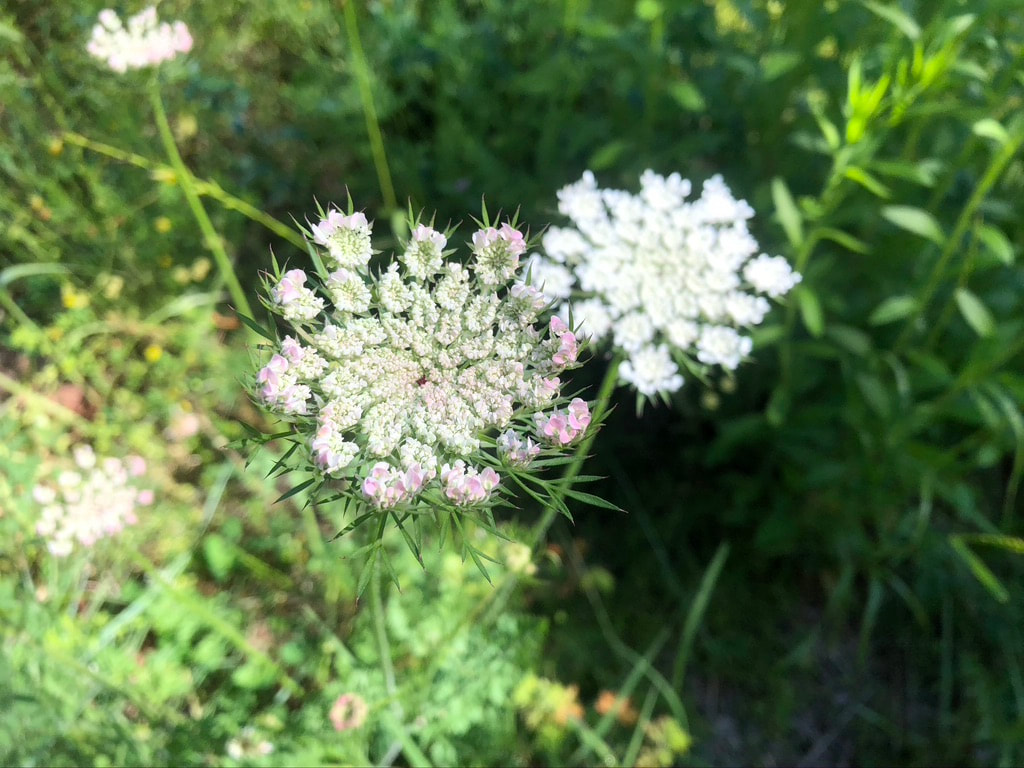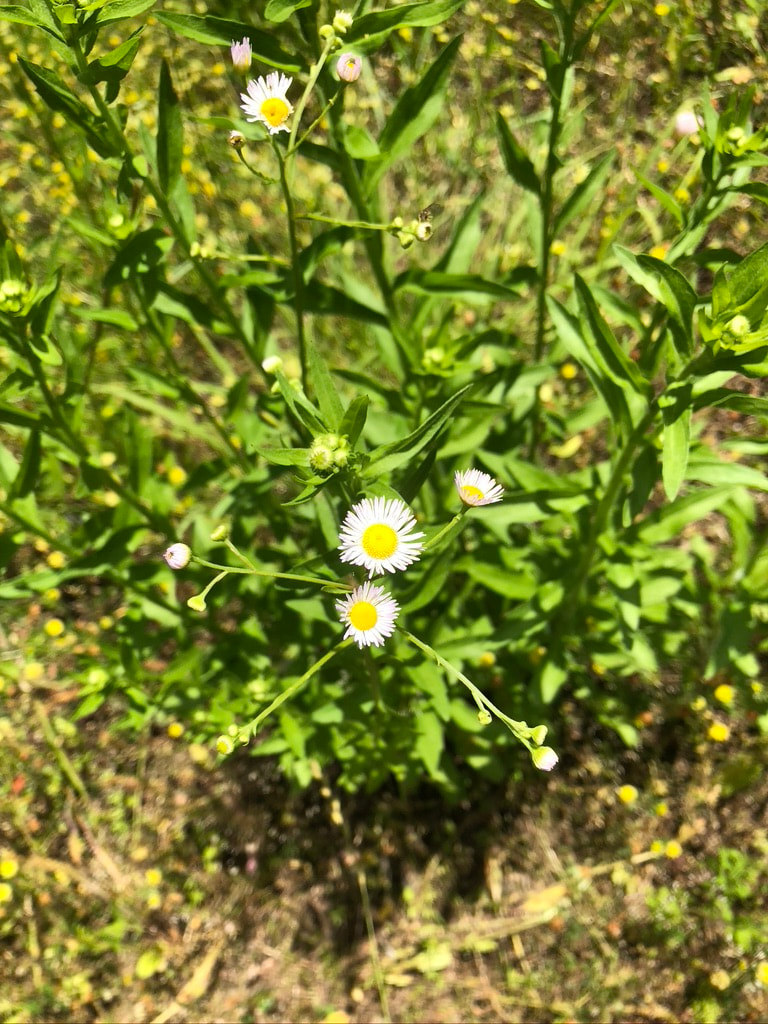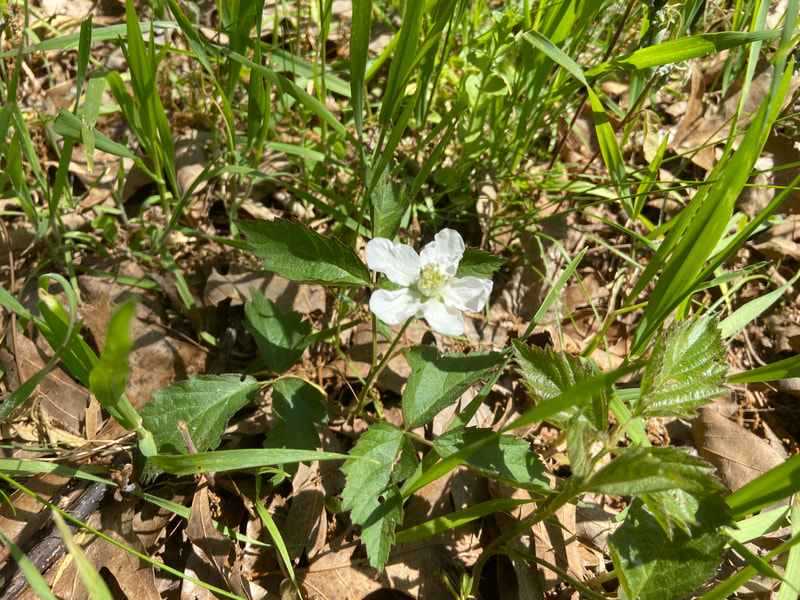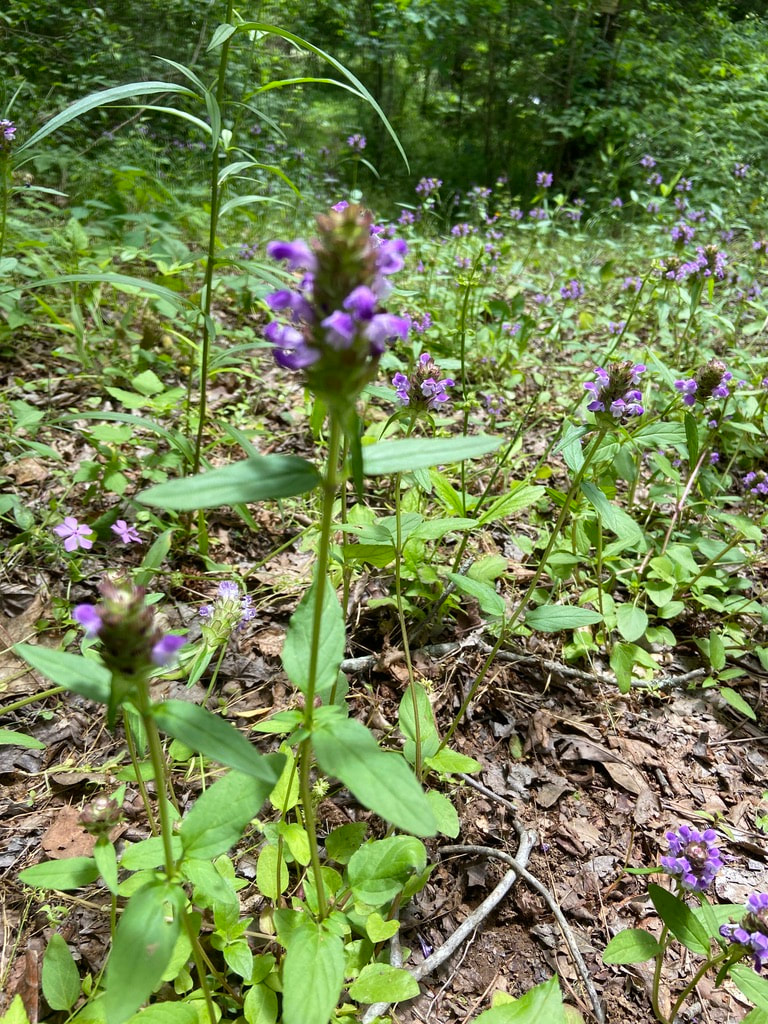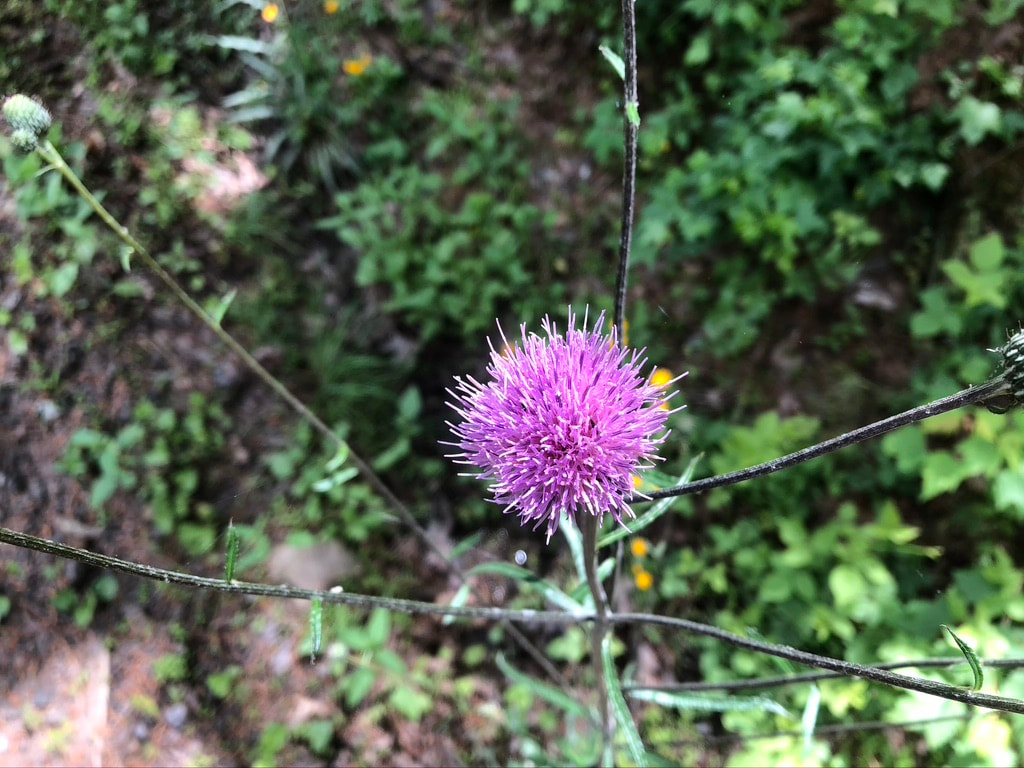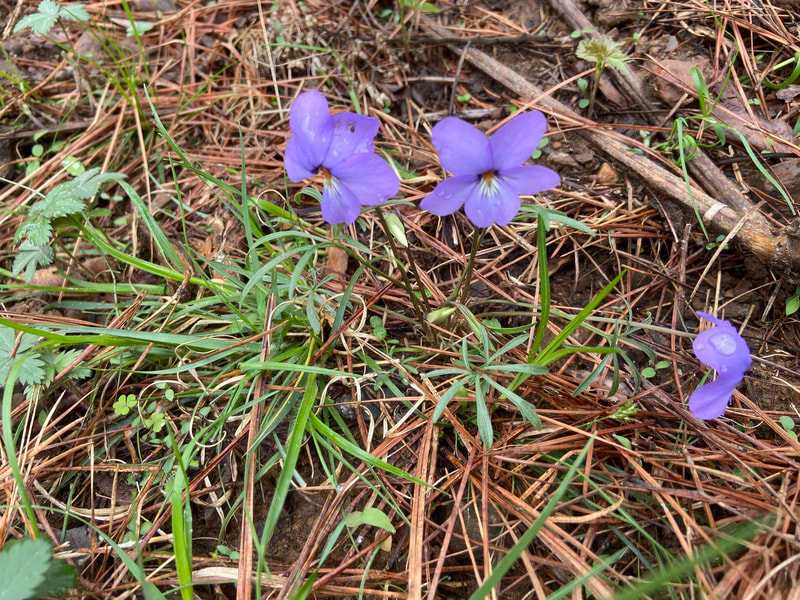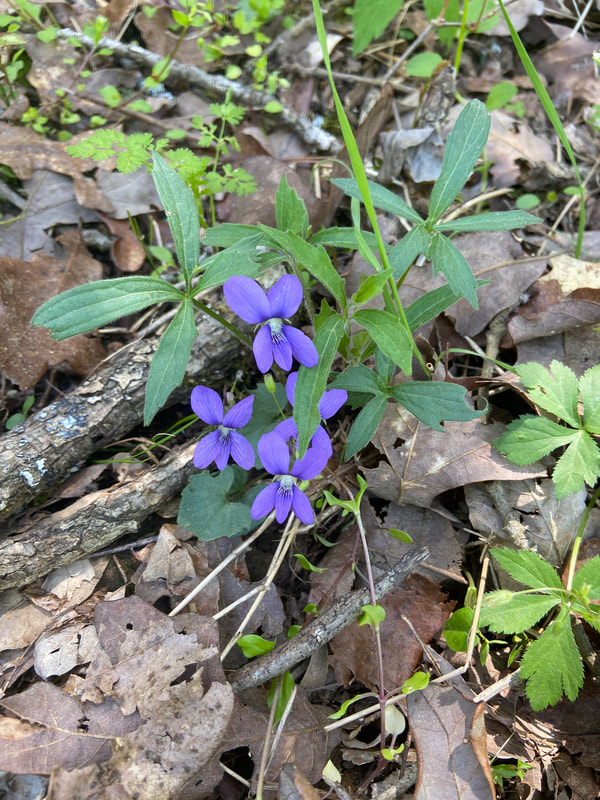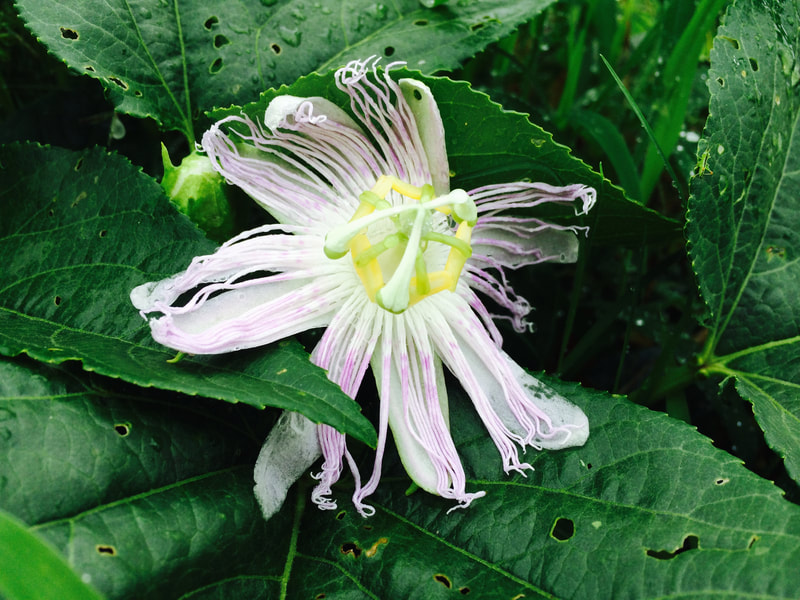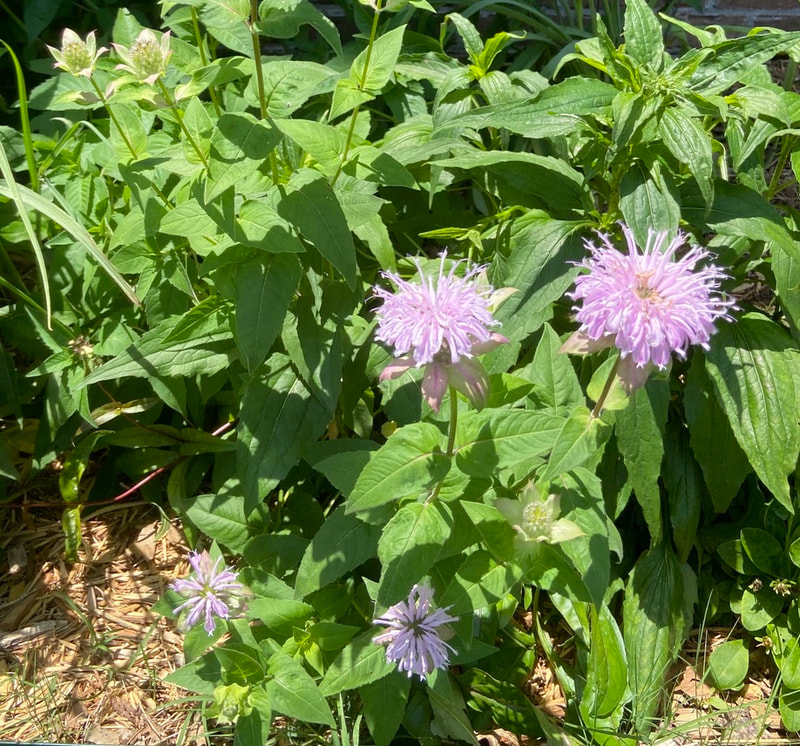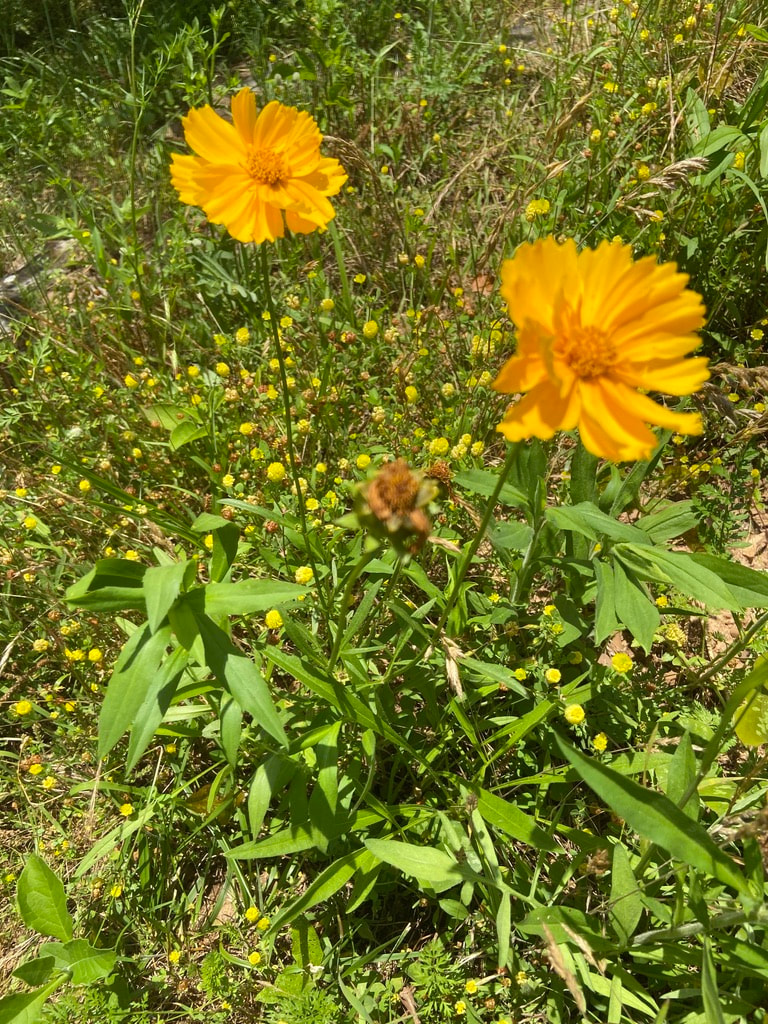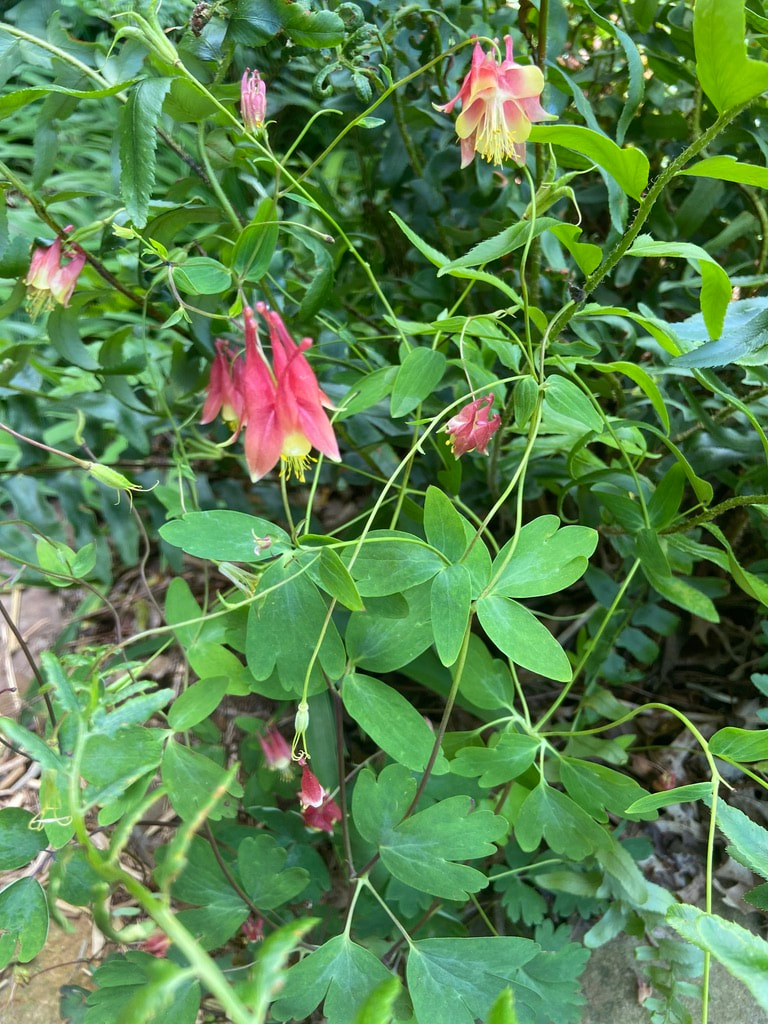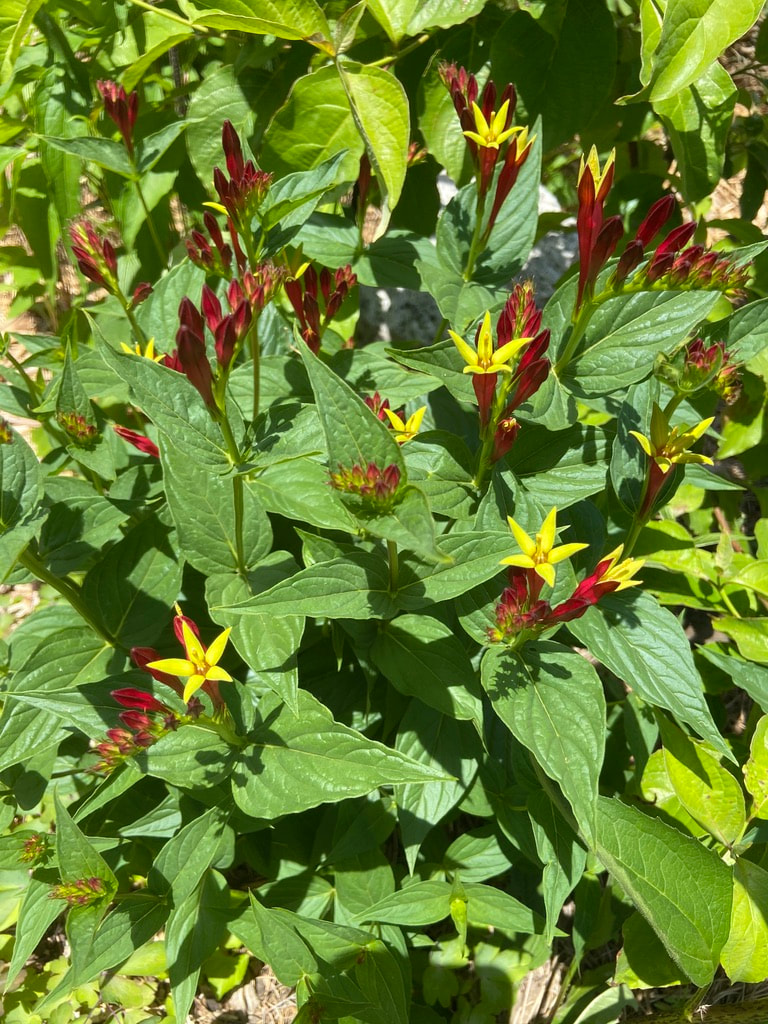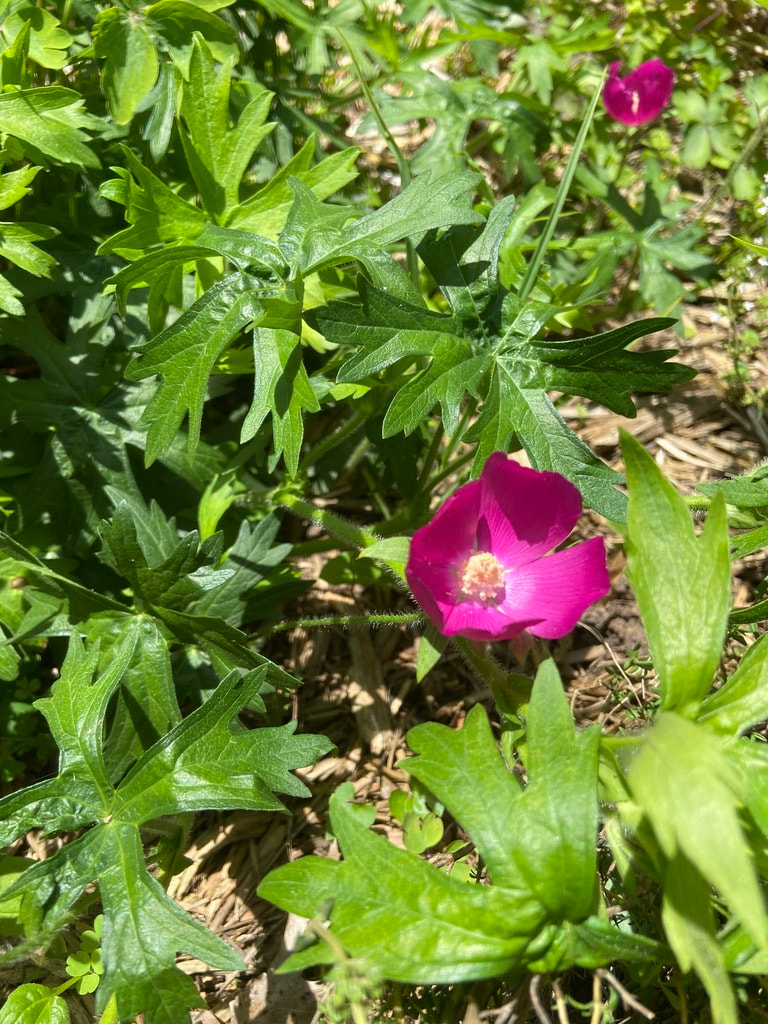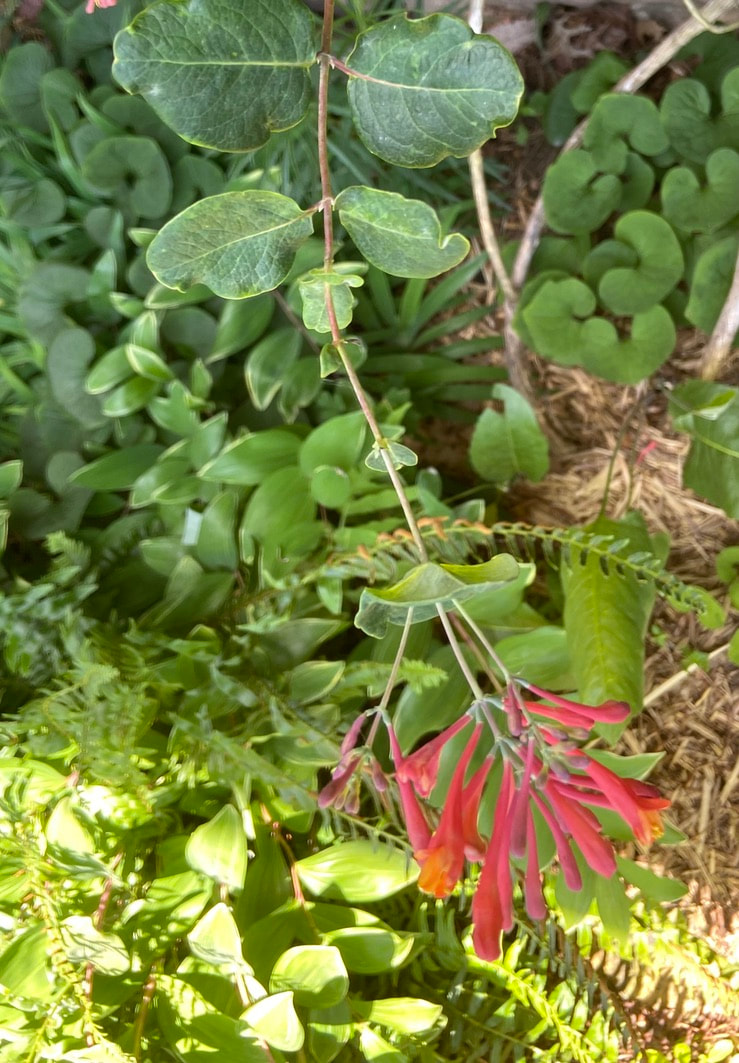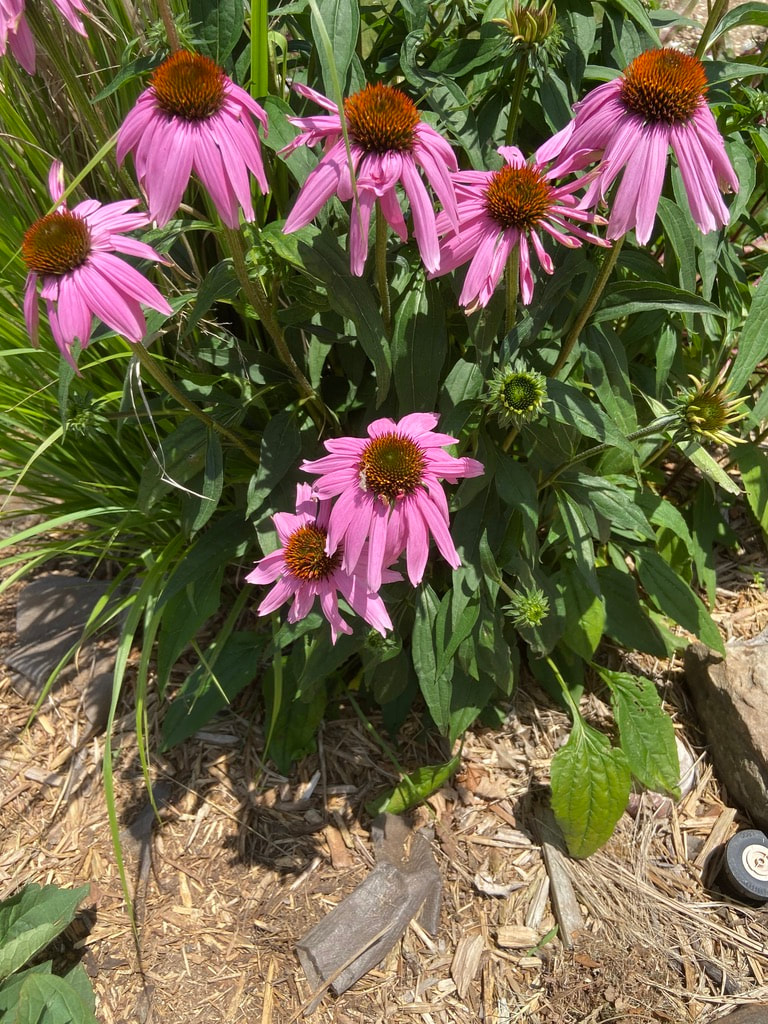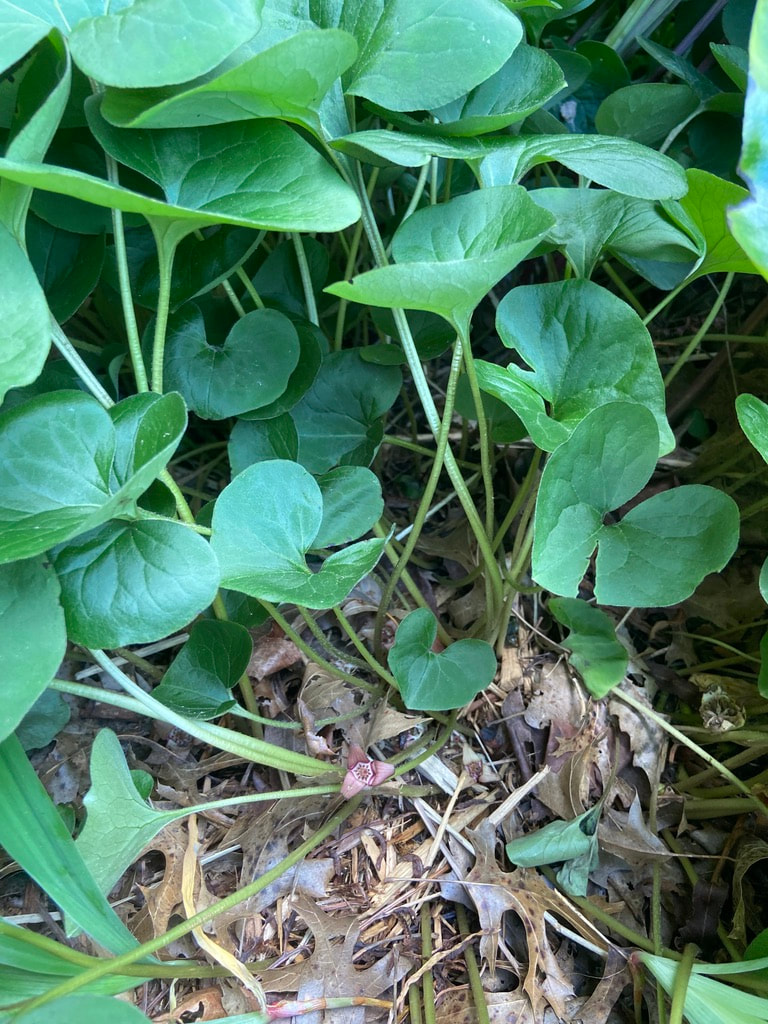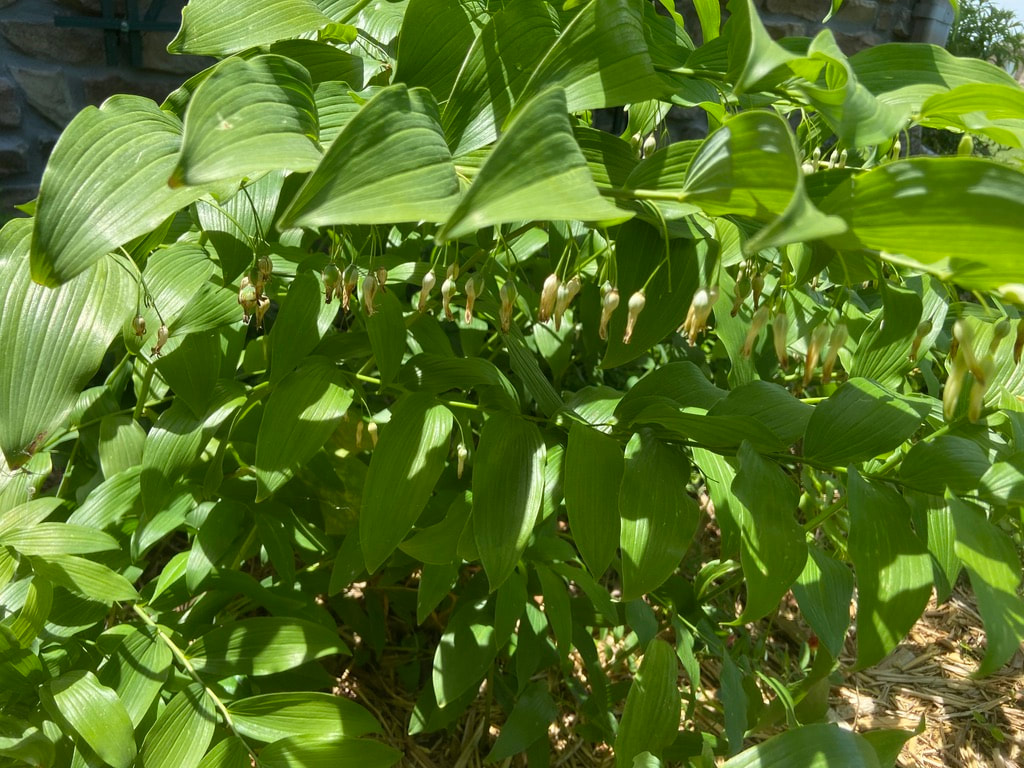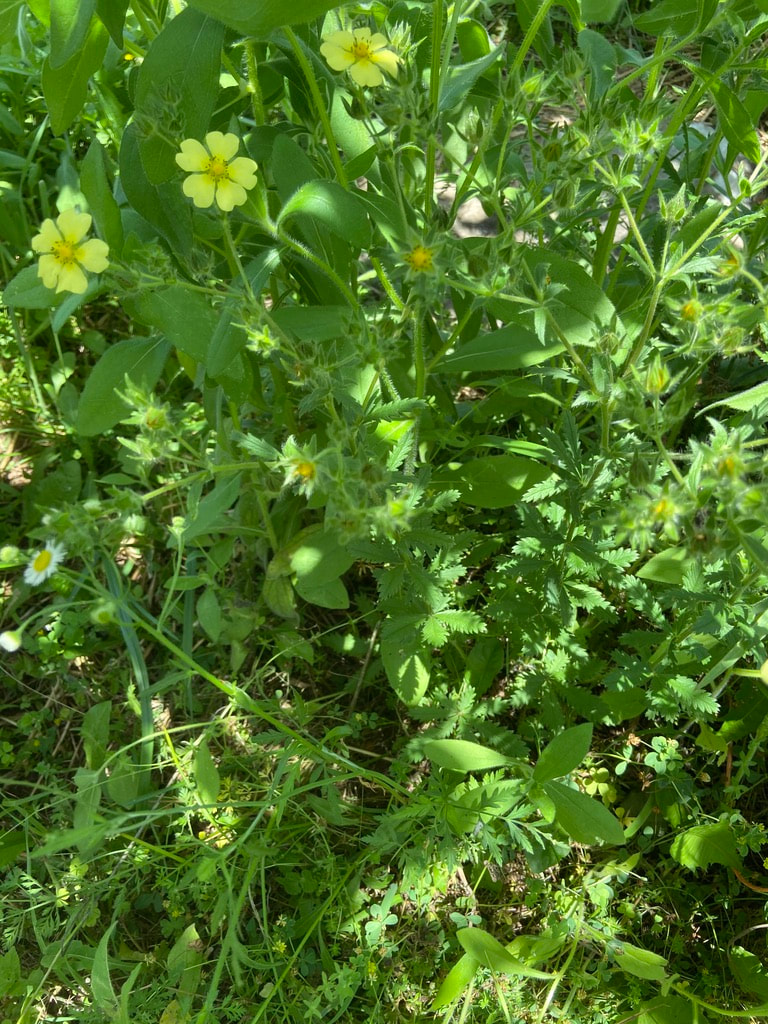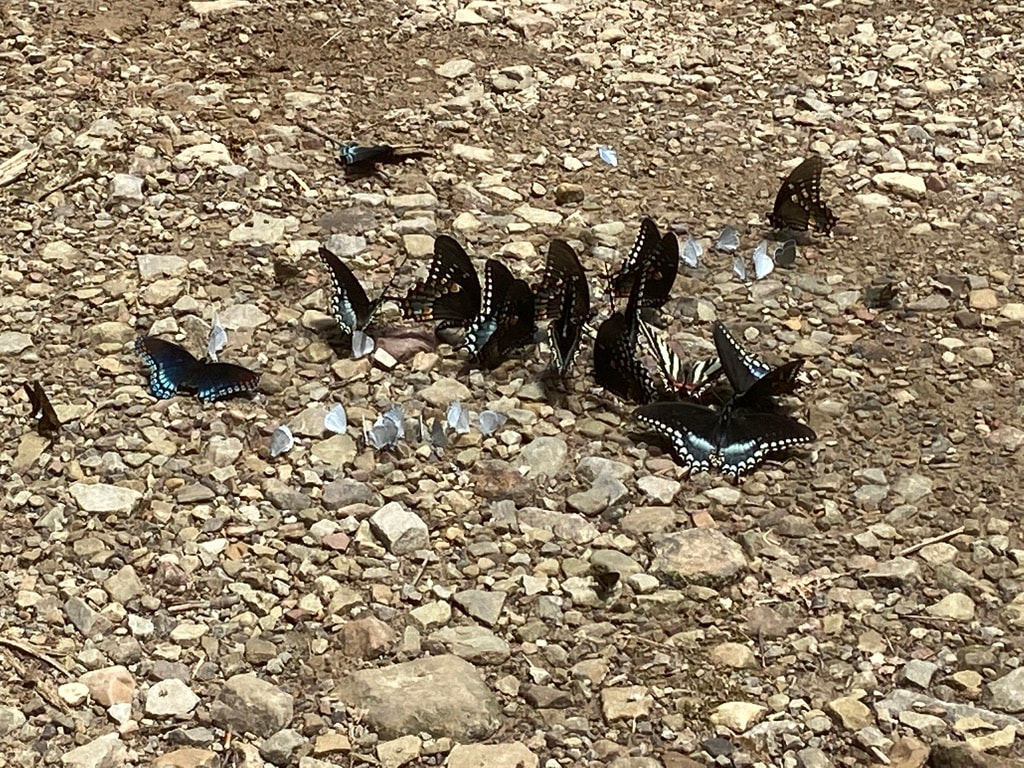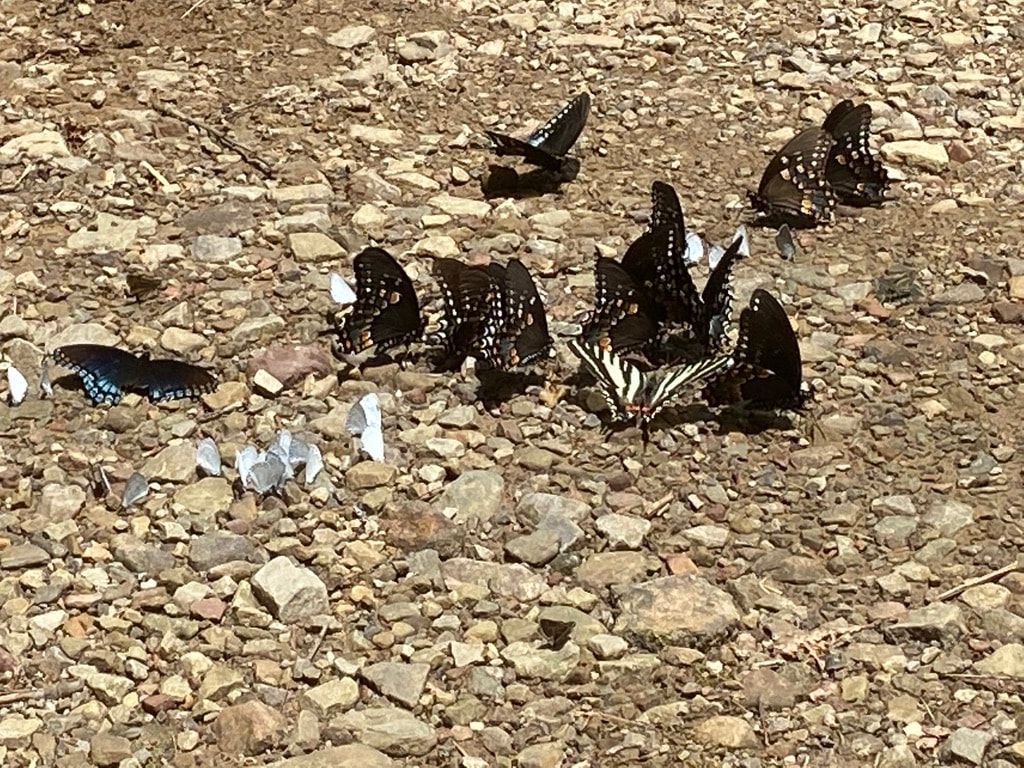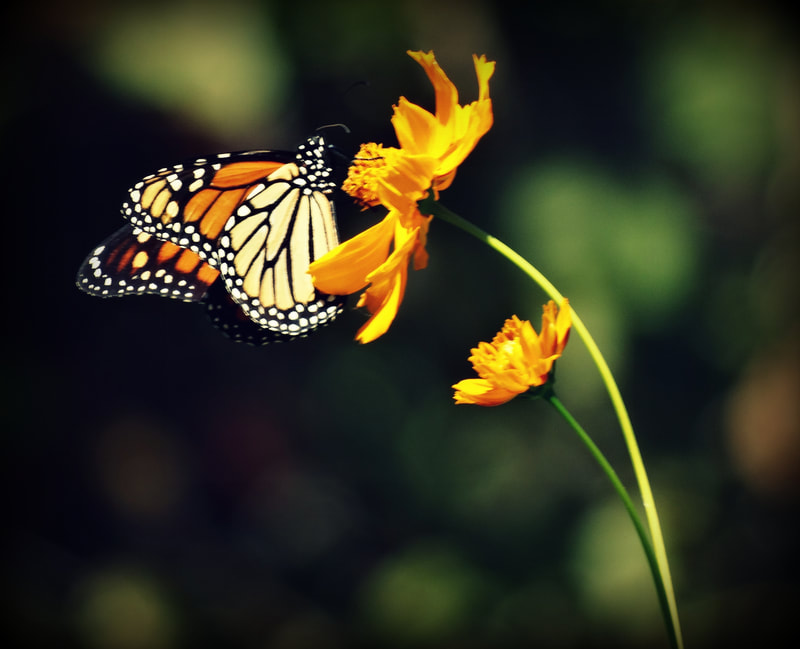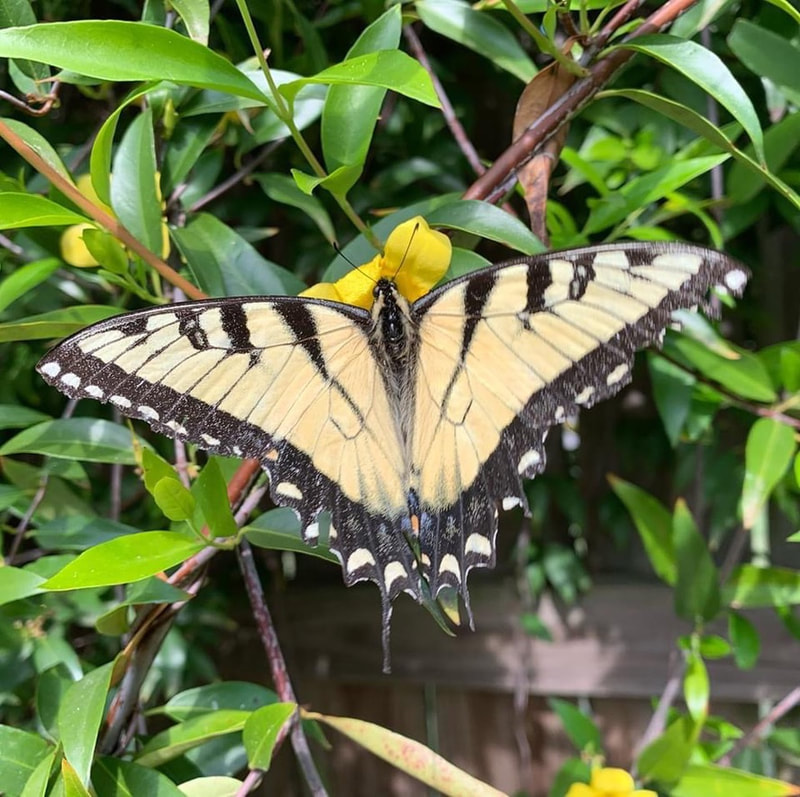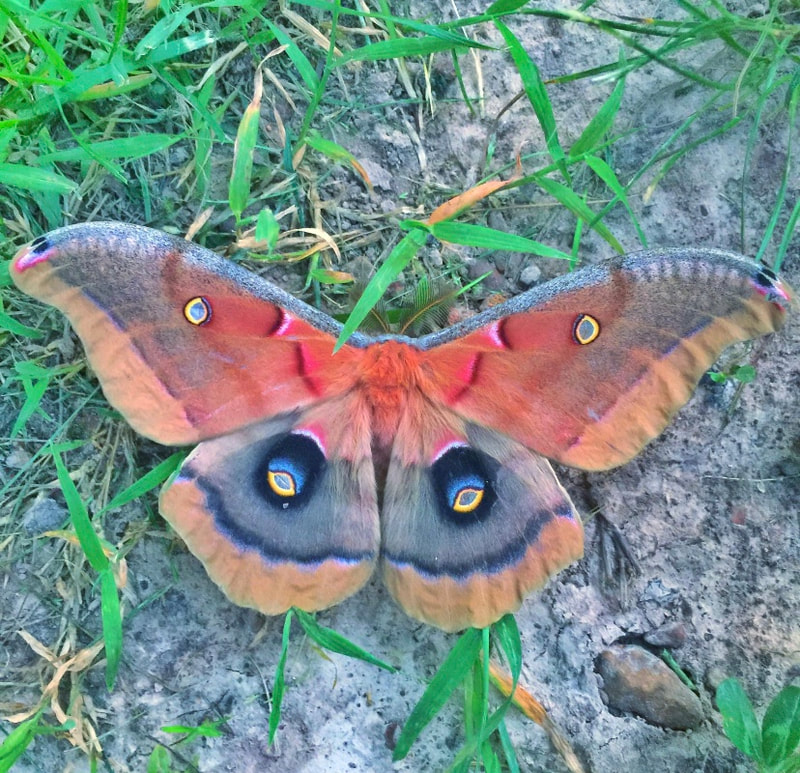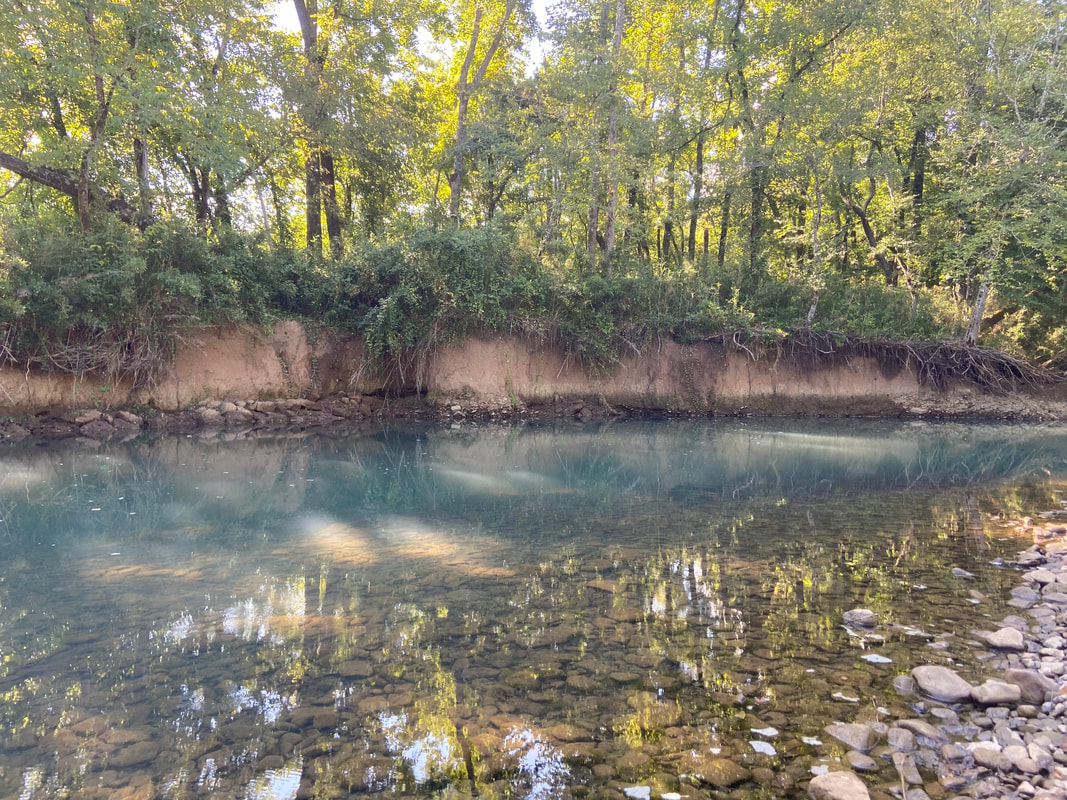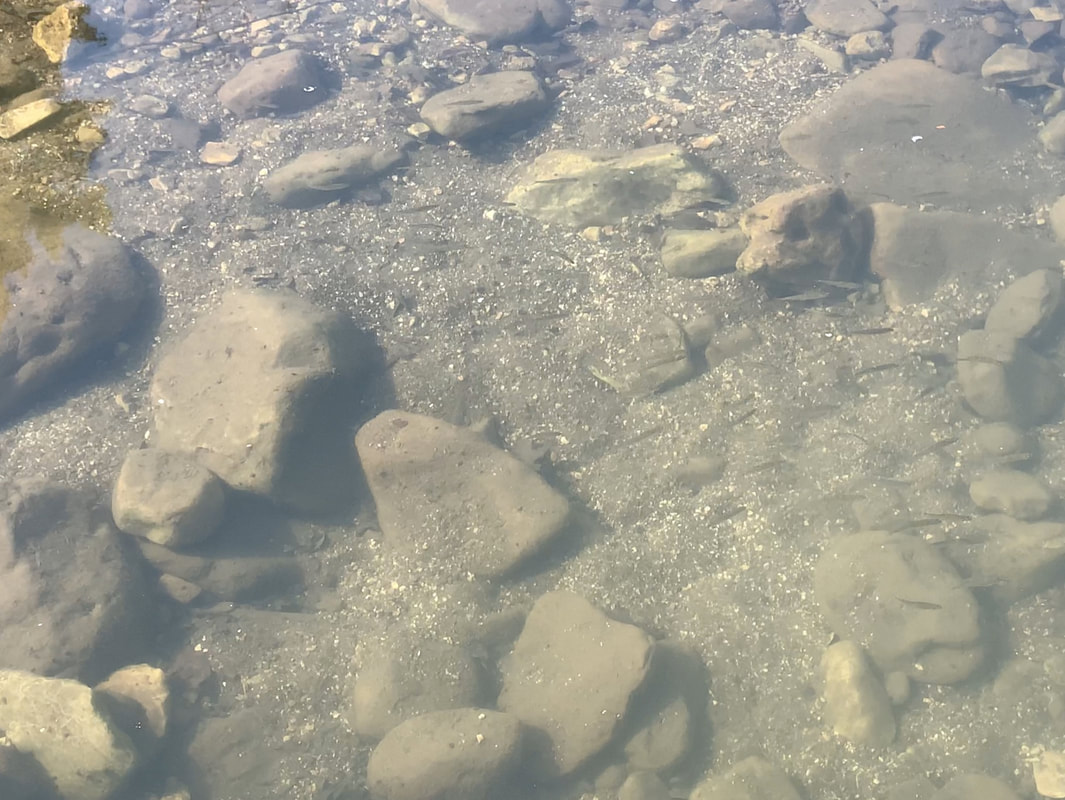Conservation Education
Project Goals Include:
Stream Team Development- Watershed Leadership Academies Water Quality Monitoring, Fish Sampling - High School School and Community Pollinator Planting Teams - 4th grade + Professional Development Workshops - Teachers Online Curriculum Development and Classroom Activities for 4th grade and High School students Outdoor Environmental Education Events Project Focus in Conservation: Watershed Leadership Academies Ozark Woodland Native Plants Pollinator Species and Ozark Wildlife Focus areas: The Buffalo National River, Wild and Scenic Mulberry River and Big Piney Creek, and Kings River Extraordinary Water Body Contact UsProgram Director - Robin Gregory
robin@nativeexpeditions.org |
This conservation education program was developed in cooperation and with funding from the U.S. Forest Service
|
ONLINE CURRICULUM - 4TH GRADE
4th grade ASSIGNMENTS
|
STUDENT HANDOUTS
| ||||||||||||||||||||||||
Elementary activities provided by - Leave No Trace - Center for Outdoor Ethics https://lnt.org/
|
| ||||||||||||
ONLINE CURRICULUM - High School
Mid-High School ASSIGNMENTS
|
Project Budburst and iNaturalist RESEARCH- High School
| ||||||||||||||||||||||||||||||
Native wildflowers of the river corridors of the Buffalo, Mulberry, Kings, and Big Piney headwaters
Rivers and river margins serve as dispersal corridors for many wildflowers and provide habitat for many species that flourish in a moist environment. Seeds are dispersed in many ways, including by water, wind, and wildlife. Even small tributaries in the headwaters of these wild and scenic rivers transport enormous numbers of seeds. Birds and animals can carry seeds long distances, whether eaten and carried internally or dispersed after getting stuck to an animals muddy foot or beak.
|
| ||||||||||||||
NATIONAL WILD AND SCENIC RIVERS PROVIDE IMPORTANT POLLINATOR HABITAT
All along river corridors, you will find many types of butterflies congregating to extract moisture through their tongues. In the photos you see below, the butterflies are drinking water from the river bed. River corridors also function as wildflower highways to spread seeds which allow pollinators to have a wide variety to choose from for nectar. Many butterflies, moths, and bees rely on connected habitats and a wide diversity of native plants. A river with continuous habitat with lots of native plants provides connectivity. Some insects have life cycles in synchrony with particular plants. Plants that bloom at different times, provide a continuous supply of nectar or pollen sources found along wild and scenic rivers and in forests.
A minority of butterflies almost never visits flowers, instead gaining sustenance from tree sap, rotting animal matter, and other organic material.
All along river corridors, you will find many types of butterflies congregating to extract moisture through their tongues. In the photos you see below, the butterflies are drinking water from the river bed. River corridors also function as wildflower highways to spread seeds which allow pollinators to have a wide variety to choose from for nectar. Many butterflies, moths, and bees rely on connected habitats and a wide diversity of native plants. A river with continuous habitat with lots of native plants provides connectivity. Some insects have life cycles in synchrony with particular plants. Plants that bloom at different times, provide a continuous supply of nectar or pollen sources found along wild and scenic rivers and in forests.
A minority of butterflies almost never visits flowers, instead gaining sustenance from tree sap, rotting animal matter, and other organic material.
Can you name the butterflies or moth pictured along the Buffalo, Mulberry, Kings, and Big Piney? Check out these resources: www.butterflyidentification.org/butterflies-by-state-listing.php?reach=Arkansas
https://www.consumernotice.org/environmental/pesticides/roundup/alternatives/
Here you can find alternatives which are very helpful to your community of gardeners in keeping our pollinators safe.
Here you can find alternatives which are very helpful to your community of gardeners in keeping our pollinators safe.
NWA Watersheds and Forests of our National Wild and Scenic Rivers
A watershed is the area of land that guides water through small streams toward a major stream or river. Water's movement in the watershed across urban areas, rural farms and forested areas, in turn, creates contours of the land by erosion and sedimentation. All living things need water to live essential to their bodily functions. Forests greatly affect watersheds, as it drips down through the canopy to the forest floor. Trees, other plants, and layers of plant litter absorb rainwater, reducing erosion and runoff. Tree roots also help to hold soil in place so it doesn't wash away. Forests also help improve water quality by filtering impurities that could be potentially harmful in streams or groundwater.
Our Ozark St. Francis National Forest is home to our Buffalo National River, Mulberry National Wild and Scenic River, Big Piney Creek National Wild and Scenic River, and Kings River Extraordinary Resource Waterbody. |
Watershed curriculum
| ||||||||||||||||||||||||
| stream_team_activity_1.pdf | |
| File Size: | 456 kb |
| File Type: | |
| stream_team_-_activity_2.pdf | |
| File Size: | 556 kb |
| File Type: | |
| stream_team_data_management_.pdf | |
| File Size: | 102 kb |
| File Type: | |
| macroinvertebrate_waterquality.pdf | |
| File Size: | 10054 kb |
| File Type: | |
Many small fish species flourish in the headwaters of our National Wild and Scenic Rivers. Can you guess which river is shown below?
|
Using a Kick Net for Macroinvertebrate Collections
|
Macroinvertebrate Discovery
|
Geomorphology of Streams
River Habitat
|
|
| ||||||||||||||||||
THE WOODS
Forests, Climate Change, and Fire Ecology
|
See how prescribed burning tools are initiated and play a in a Arkansas forest ecosystem.
Native Expeditions video footage Ozark-St. Francis National Forest related activity for Northwest Arkansas.
How does Western Wildfires and Forest Management compare to Arkansas Ozark St. Francis and Ouachita National Forest
Fire Management? |
Find out how Mushrooms and Fungi are Climate Change Warriors.
Many mushroom/fungal body photos provided by Kristin Jones.
How is fire viewed in Western US National Forests subject to climate change and wildfires? wildfire messaging guide provided by FUSEE:
fusee.org/messaging-guides
| ||||||||||||||||||||||||||||||||||||||||||
Wildlife in the Ozark-St Francis National Forest
|
You will find many of the answers to our wildlife trivia among our photos and video captured in the forest and rivers of the OSFNF.
|
| ||||||||||||||||||
|
|
|
|
Winter Activities
|
|
2021 Winter Wonders of Scat and Track
Resource ID Guide https://www.almanac.com/content/animal-track-identification | ||||||||||||

A great Online resource for teachers
interested in climate change.

